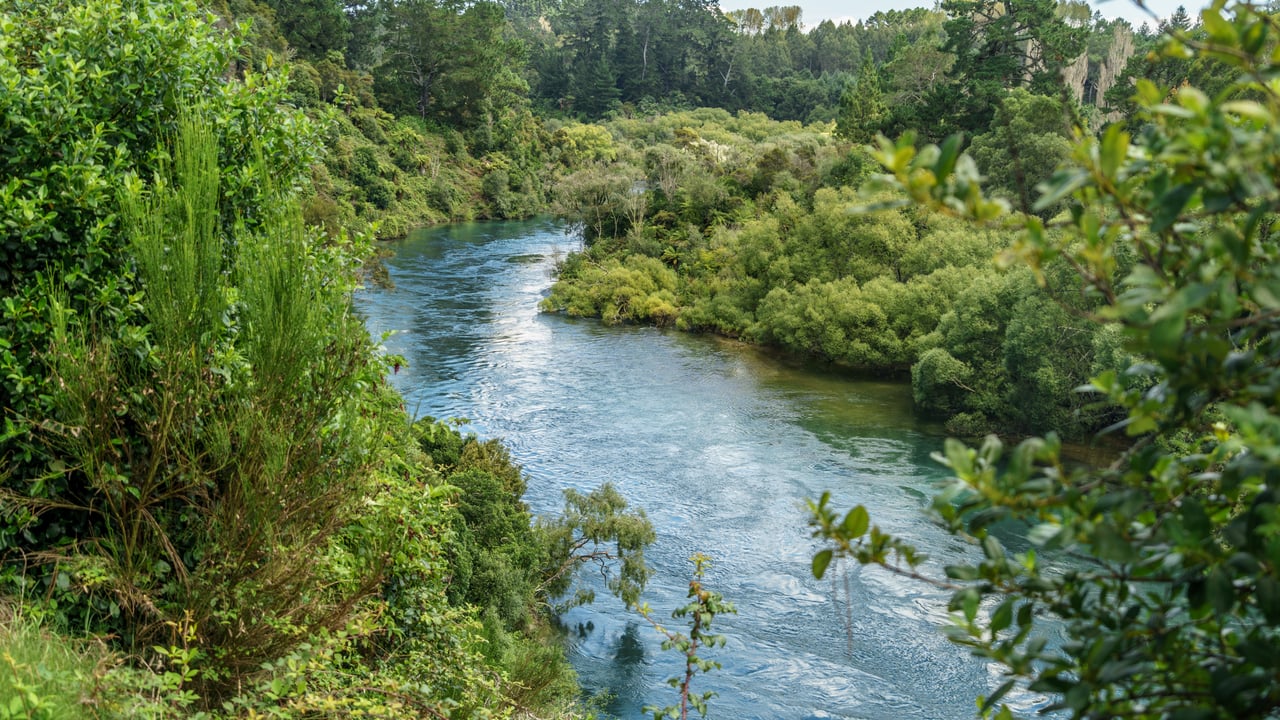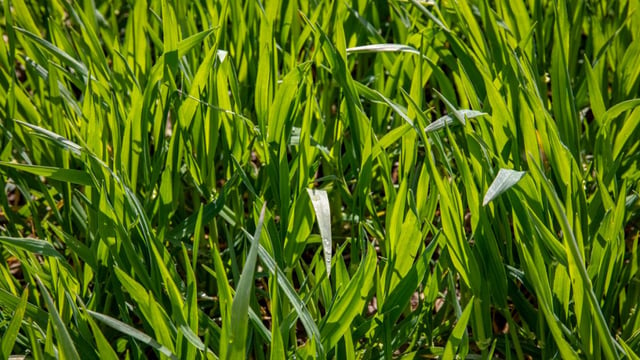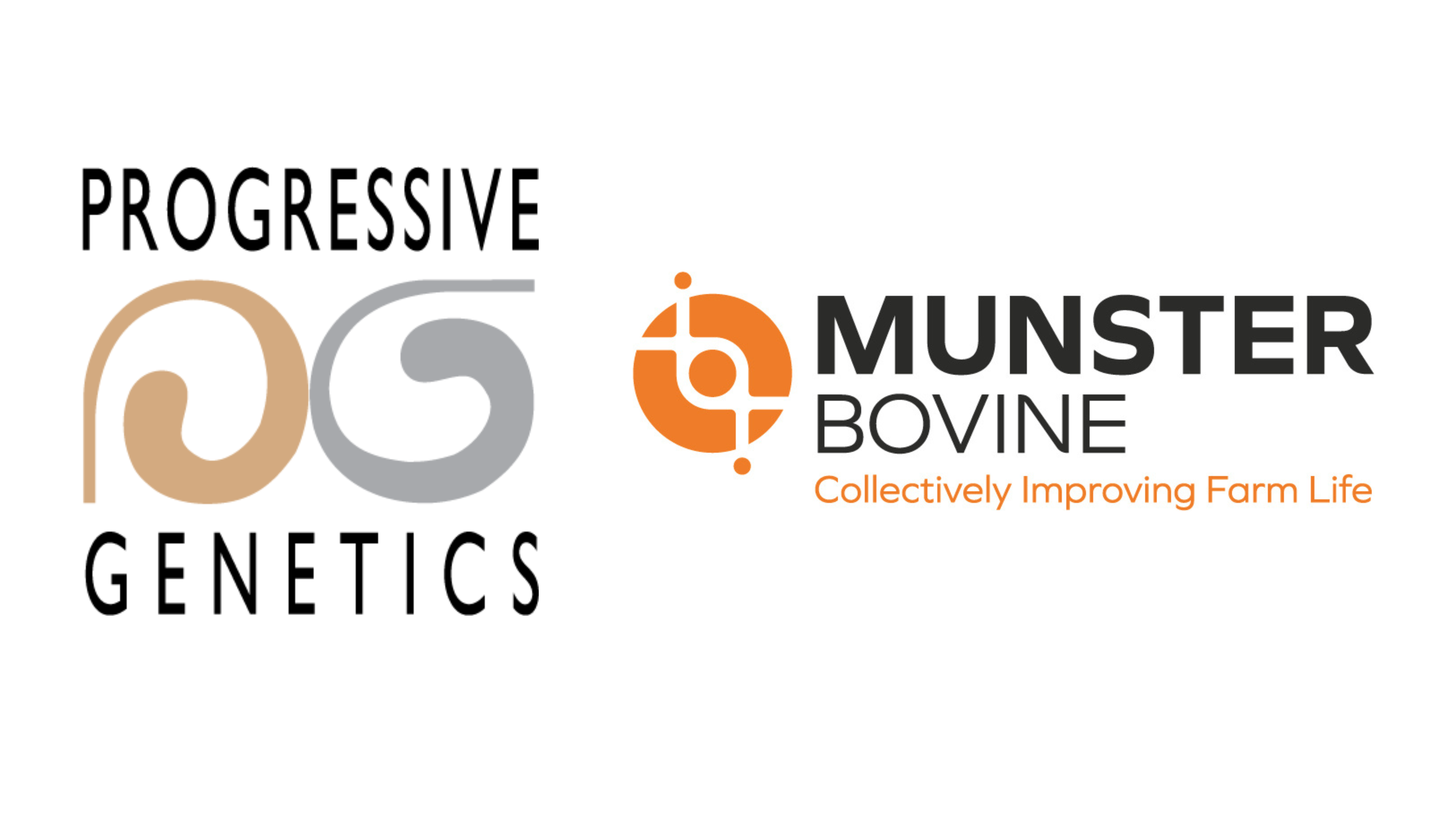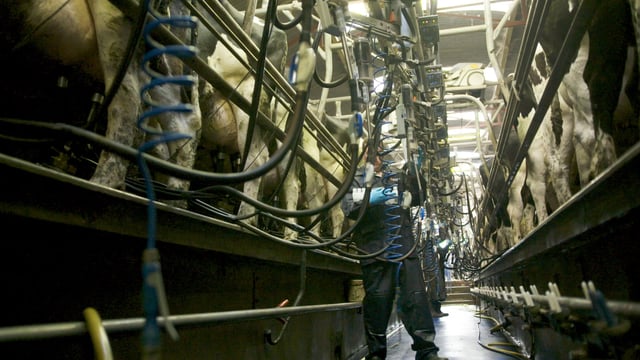EU Commission invests €4.6m in new water pollution sensor
The European Commission has reportedly invested €4.6 million in the development of a new multi-sensor platform that combines photonics with electrochemistry to detect hidden toxins and pollutants in rivers, lakes, and oceans.
The new technology, entitled IBAIA, will be used to detect petrochemicals, pesticides, heavy metals, and industrial waste which conventional monitoring devices often fail to catch.
According to its European Technology Platform for photonics, called Photonics21, the IBAIA sensor will detect contamination before it causes irreversible damage to ecosystems and water-dependent sectors, preventing the escalation of environmental disasters.
Project manager at IBAIA, Radwan Chahal said: “Environmental water pollution might be one of the most urgent yet overlooked crises of our time. However, IBAIA’s sensing technology is set to become a gold standard in water monitoring, protecting our health and our environment.”
Industrial and agricultural activities release a complex mix of contaminants into rivers and coastal waters, such as hydrocarbons, drug residues, or nutrient salts like nitrates and phosphates, compromising the balance of ecosystems and water quality.
According to Photonics21, advances in chemical analysis have revealed that many of these chemicals are present in far greater quantities than previously recognised.
For decades, water quality testing has relied on laboratory analysis, where samples are collected and examined using complex techniques like mass spectrometry and chromatography.
While highly accurate, this method is slow, expensive, and reactive, and often taking days or weeks to detect contamination. By the time a pollutant, such as a pesticide or microplastic, is identified, it may have spread unchecked, putting public health at risk, Photonics21 said.
The high costs and limited availability of these lab facilities also mean that testing is infrequent, leaving dangerous gaps in monitoring, the company explained.
"IBAIA’s multi-sensing system integrates four different detection methods into one single solution, offering greater accuracy and the ability to detect more pollutants across a wider range of substances, setting a new standard for pollution detection and prevention," Photonics21 said.
"The platform works by using a blend of photonics and electrochemical sensors to detect pollutants that current technologies miss.
"Unlike older systems that require lab tests and delays, IBAIA’s sensors provide real-time, in-situ data. This means immediate detection of dangerous pollutants and much quicker responses to contamination events," Photonics21 stated.
IBAIA uses mid-infrared light to identify and measure organic chemicals in water, such as pesticides, industrial solvents, and oil residues, operating on the principle that every chemical leaves its own spectral ‘fingerprint’ when exposed to infrared light.
This sensor reads those signatures with great precision, pinpointing even the faintest traces of industrial waste or oil residues before they enter our water supplies, Photonics21 explained.
“Real-time detection means swift intervention. Pollution can be intercepted before it spreads, and environmental agencies can act before contamination spirals into crisis."
"In a world where toxic spills and chemical leaks have often been discovered only when it’s too late, speed and accuracy are essential,” research and innovation manager at Modus Research and Innovation, Izabella Otalega said.
IBAIA’s sensor will be tested in real-world conditions, with field trials set to take place across Europe at the end of the project, which is set to conclude in 2026. The technology is expected to be fully validated within the next few years, Photonics21 forecasted.





